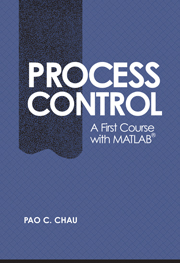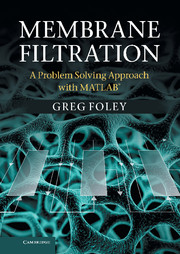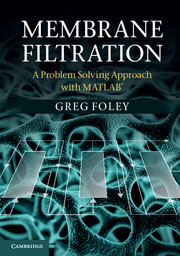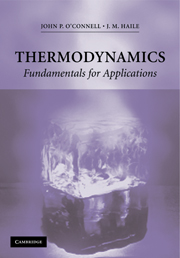Principles of Chemical Separations with Environmental Applications
Chemical separations are of central importance in many areas of environmental science, whether it is the clean up of polluted water or soil, the treatment of discharge streams from chemical processes, or modification of a specific process to decrease its environmental impact. This book is an introduction to chemical separations, focusing on their use in environmental applications. The authors first discuss the general aspects of separation technology as a unit operation. They also describe how property differences are used to generate separations, the use of separating agents, and the selection criteria for particular separation techniques. The general approach for each technology is to present the chemical and/or physical basis for the process and explain how to evaluate it for design and analysis. The book contains many worked examples and homework problems. It is an ideal textbook for undergraduate and graduate students taking courses on environmental separations or environmental engineering.
- Discusses selection criteria for various separation technologies
- Covers necessary physical and chemical background material to get readers up to speed
- Includes a chapter on membrane separations
Reviews & endorsements
'It is an ideal textbook for undergraduate and graduate students taking courses on environmental separations or environmental engineering.' Chemical Engineering
'… expertly written, and has an easy to read and follow style and arrangement. The illustrations are sufficient in number to perfectly accompany the text, and are extremely clear in presentation. I certainly enjoyed reading this book, and I would hope it would be of benefit to others who are interested in chemical separations in an environmental context.' Measurement + Control
'… highly recommended as an introductory reference for those working in the selection and design of separation techniques and equipments applied in the closed cycle technology in order to mitigate the pollution of air, water and soil.' Iasi Polytechnic Magazine
Product details
March 2011Adobe eBook Reader
9780511839887
0 pages
0kg
22 tables 115 exercises
This ISBN is for an eBook version which is distributed on our behalf by a third party.
Table of Contents
- 1. Introduction
- 2. Separations as unit operations
- 3. Separations analysis fundamentals
- 4. Distillation
- 5. Extraction
- 6. Absorption and stripping
- 7. Adsorption
- 8. Ion exchange
- 9. Membranes
- Appendices.






